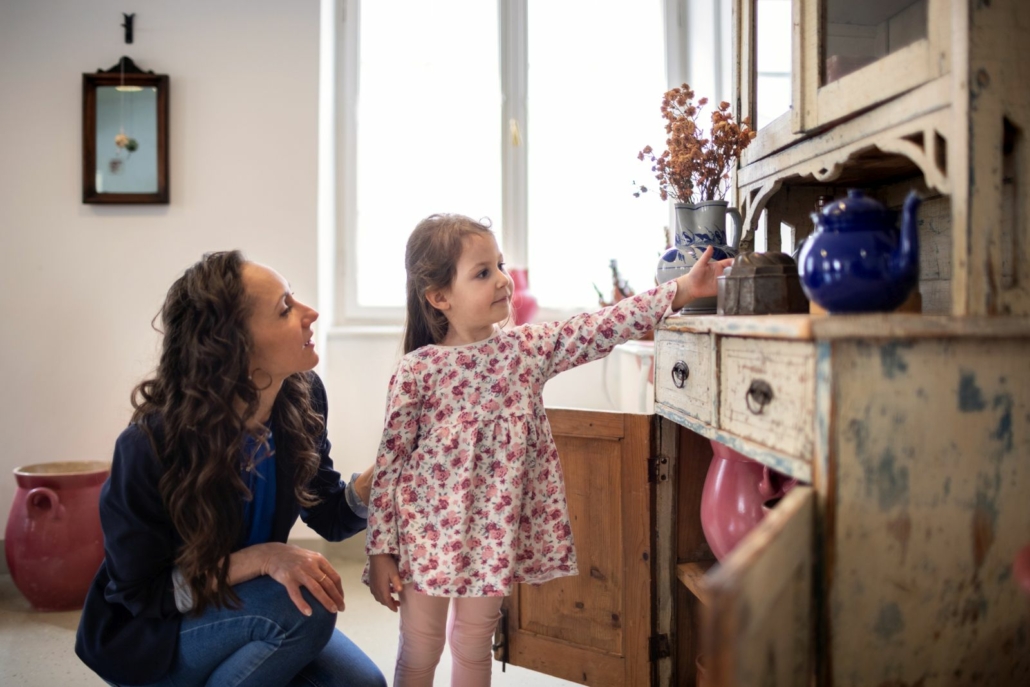Pink Zsolnay exhibition
“In the beginning there was the pink”– Pink Zsolnay objects
“In the beginning there was the pink”– Pink Zsolnay objects
“The two-storey warehouse building along Felsővámház Street had been built. The first floor was occupied by the seemingly endless storehouse of pink pots: three hundred and thirty different shapes, eight hundred and forty in size and design. There was everything from toy pots and kitchen utensils to thirty-litre grease pots, from washbasins and tableware to vases and ashtrays decorated with light gold. When the sun shone in the long row of windows at noon, even the air seemed pink. This perfectly crafted, uniform pink glaze was the result of pink experiments that began in early 1881 and was used to glaze all kinds of utensils for many years to come. The beautiful colour won the approval of the public so much, and its production reached such magnitude that it became necessary to build such a huge warehouse.”
reads in the memoirs by Vilmos Zsolnay’s granddaughter, Margit Mattyasovszky Zsolnay.
The objects collected by architect Barnabás Winkler to be presented at the exhibition were manufactured in the factory from its foundation through decades until the turn of the century, in large quantities and in ever better quality. The collection displayed under the name of “In the beginning there was the pink…” aims to present the best of everyday objects to visitors. The exhibition showcases that in the first decades these objects were mostly handmade, so you cannot find two identical objects among them. “Pinks” sometimes differ in their pour spouts, ears, or shape, but often also in the hue of their outer glaze. Their diversity testifies to their originality and gives each piece its unique beauty. However, the large number of wine jugs and grease pots combined is what really impresses. Most of them show a high age, but their survival proves that they have been used with love and care for more than a hundred years.

Over the years, pink objects have become popular items in bathrooms, kitchens, dining rooms and studies in Hungary as well as in neighbouring countries. The items manufactured in the highest numbers include simple plates, wine jugs and fat and jam pots. Pinks were popular in urban restaurants and homes as well as in country inns and households. Porcelain faience pots were also made with a cover glaze of other colours – blue, yellow, brown, natural dishes also appear – but everyday objects were typically pink in these decades, until the spread of porcelain in Hungary. Porcelain objects similar in shape and appearance to the early objects, which were produced almost to the present day, were already typically white in colour.
During the development of the manufactory, the initial, completely plain forms, while retaining their colour, became more ornate. In many cases, simple dishes of folk origin were enriched with stucco-like appliqués embossed on their surface, or while retaining their shape, they became more unique as a result of hand painting on the burnt dishes. In the changes in the form of everyday objects, the approach to ornaments is noticeable, but the characteristic colour of the dishes, i.e., pink, was still in use for a long time.

How to adopt additional artworks from the collection?
We did out best to make a wide range of pieces available from the Pink Exhibition to our adopters, but there were still a number of works that were not posted on the website.
Therefore, we also provide you with the opportunity to choose from the other works of the exhibition not listed above to own virtually for a while.
All you have to do is send the photo(s) of the selected object(s) to our colleagues. You can also do this in person at the VISITOR CENTER located in the Zsolnay Quarter or at the ZSOLNAY INFOPONT & SHOP. You can upload the image of the object/artwork concerned electronically / enter the name of the object/artwork selected by clicking on the “Adopting further artworks” button below.
Please, check out or other
categories for further
artworks available for
adoption.